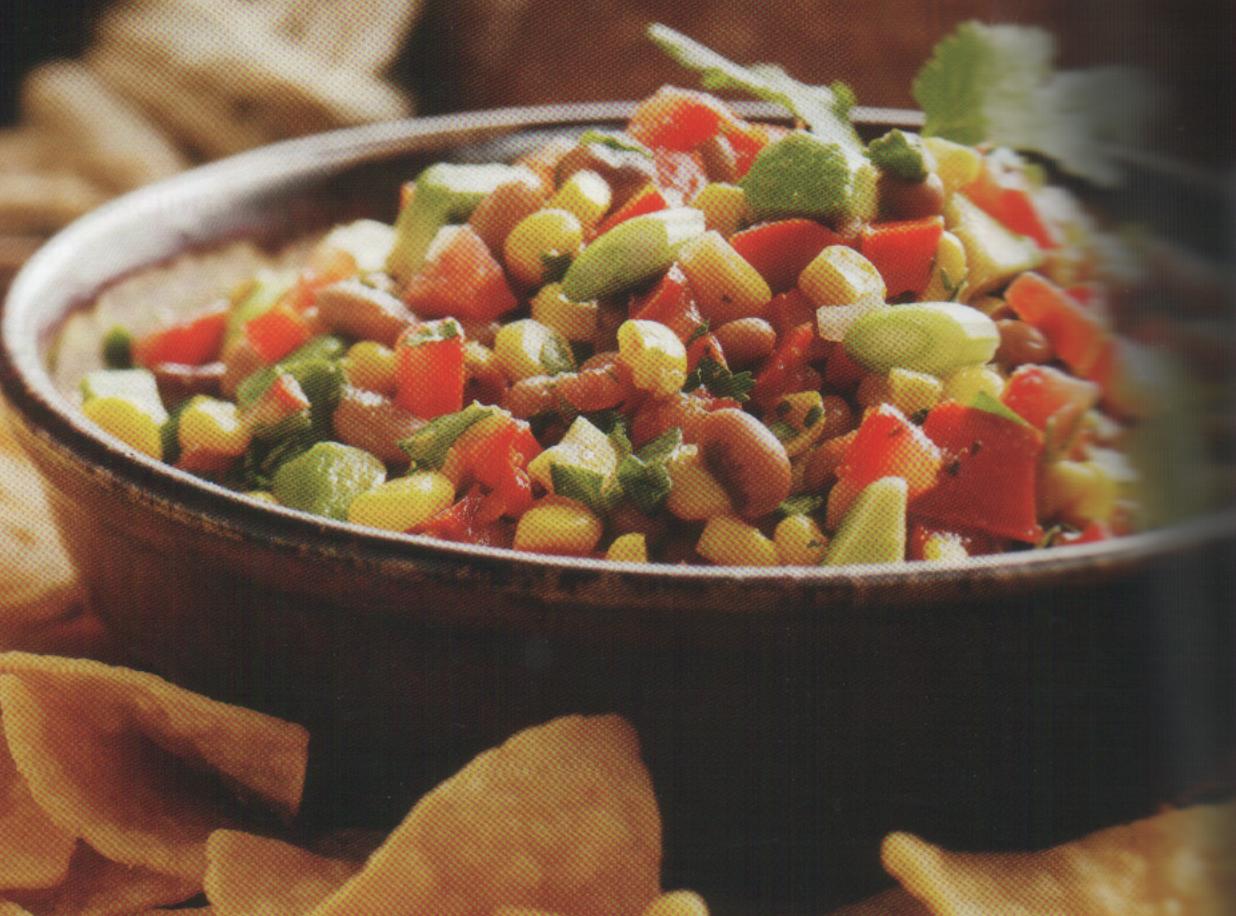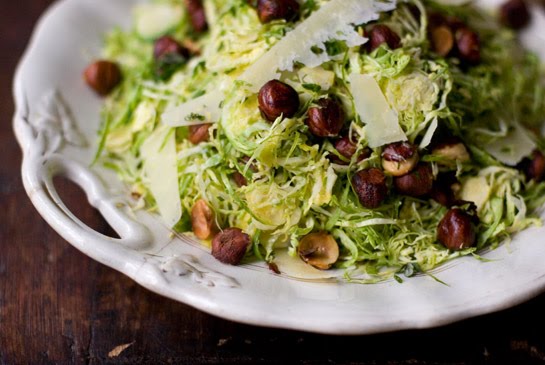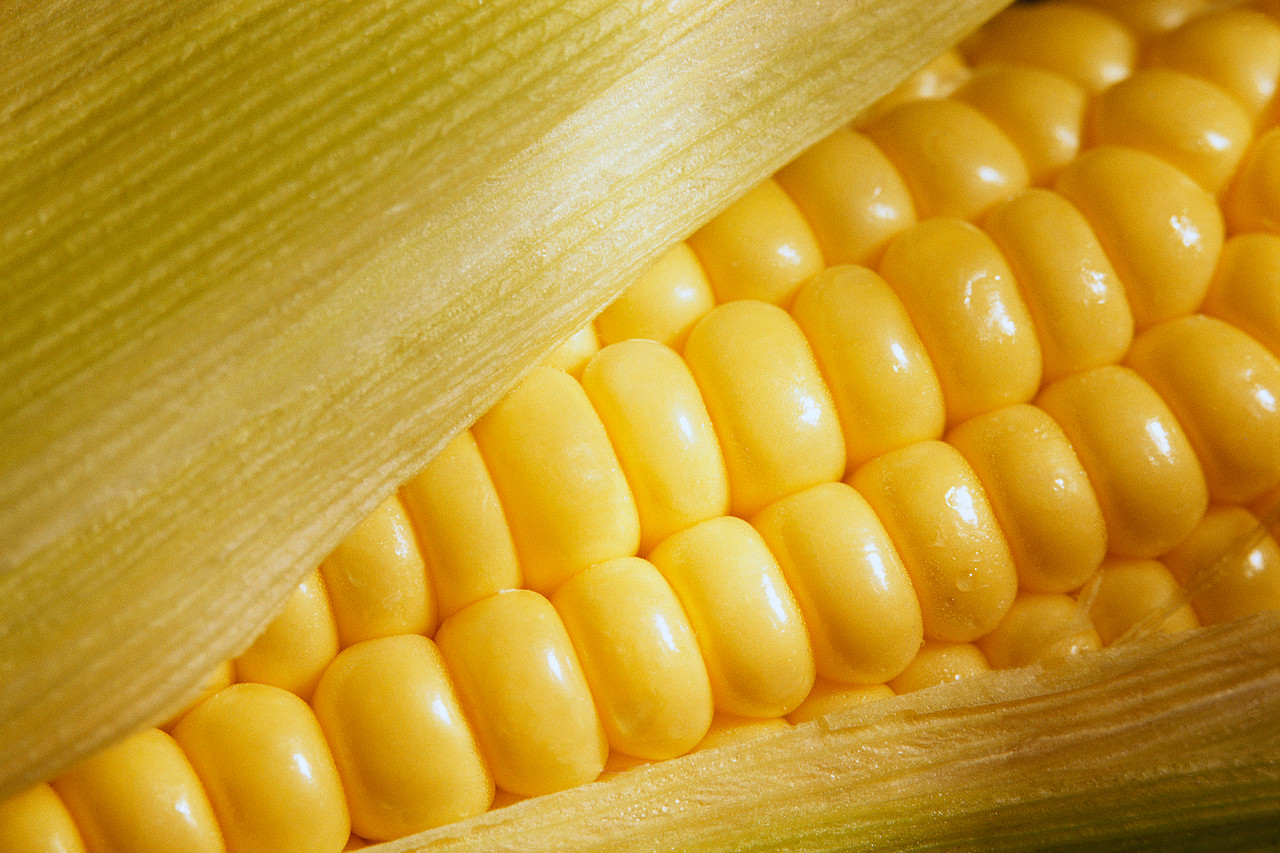
So you've been told you need to clean up your nutrition act, and you've stopped eating the Fritos. You've decided to stop being the reason the stock price of your local fast food restaurant has weathered the Wall Street willies. Your salad dressing shelf in your refrigerator is now half of what's in your refrigerator.
Still no luck.
Hey, isn't eating better supposed to be the answer?
Depends on how you define eating better.
I'm noticing with my inCYST classes that a disproportionate percentage of women coming for information have adopted vegetarian practices. And I'm beginning to wonder if it isn't part of the problem.
No, the problem isn't that you're vegetarian. It's how you're defining vegetarian, and it's how you go about being one that matters. Here are my simple rules for being the healthiest (potentially fertile) vegetarian you can be.
1. Define your vegetarianism by what you DO eat.
Most people I know who become vegetarian after eating meat, define that practice in terms of what they DON'T eat. They DON'T do red meat. They DON'T do dairy. They DON'T do fish. DON'T, DON'T, DON'T.
Therein lies the problem.
A most important rule of nutrition is, when you eliminate an entire category of food, for whatever reason, be it meat or wheat, you are also eliminating crucial nutrients that this category contains.
My definition of vegetarian is someone who meets all of their complete nutritional needs without using animal products.
Do you know what fertility-related nutrients you're likely short on if all you've done is cut out meat? If not, read on!
2. Zap yourself with zinc!
Zinc is needed for oodles of reactions that keep your body running, from your brain to your ovaries. Are you eating whole grains? Beans? Pumpkin and sunflower seeds? Nuts? Oops…go get your shopping list, right now, and put them down!
3. Forgetting folate can be fatal
You likely know about this nutrient since there has been so much publicity about its role in pregnancy. Put spinach on your sandwich instead of lettuce…make sure your morning cereal is fortified…eat more beans and split peas…and become savvy with sunflower seeds!
4. Cultivate a copper attitude
It's not as famous as folate, but it still is important to remember. Outside of red meat, its vegan sources are rather random: molasses, green olives, cocoa, nuts, avocadoes, black pepper, sunflower seeds…hopefully at least one of these sounds tasty!
5. Try to remember tryptophan
Tryptophan is a building block for serotonin, one of the major neurotransmitters regulating the brain's hormone center. For vegetarians, there are still a lot of options even if you're not using dairy products or eating turkey. Does your pantry have…cocoa, mangoes, sesame seeds, pumpkin seeds, oats, dates, chickpeas, peanuts, bananas, and sunflower seeds? It needs to.
6. Allow for algae
If you're vegan, chances are you're not getting enough DHA and EPA, the omega-3 fatty acids primarily found in fish. Become friendly with an ingredient known as Life's DHA, a marine algae source of DHA (unfortunately not EPA), that is being added to vegan-friendly foods. The link I'm providing gets you to the most recent list of foods containing this ingredient that you may want to become proficient at finding.
7. Not all vegan products are created equally healthy. Be sure if you've gone vegan, that you are aware of oils that can interfere with healthy balance. These oils are all vegan, but tend to be pro-inflammatory: safflower, sunflower, soybean, corn, cottonseed, sesame. (Remember my"S and C" rule from previous posts. If you're eating absolutely no meat at all, but you're eating a salad doused with soybean oil-based dressing…that could be a problem. Become familiar with brands that are made with olive or canola oils, or learn to make vinaigrettes. (Canola is the"C" oil exception, by the way.
8. Be happy without hydrogenated.
Hydrogenated = trans fat. Enough said.
9. Forget the fructose…high fructose corn syrup, that is.
It's been connected to insulin resistance in more than one study. And despite what marketers would really like you to believe, more than one nutrition expert does not endorse its use.
10. Be pro-protein
This is the most obvious one…know your complementary proteins and be sure your diet includes them. One caveat…soy may be hard on your thyroid function and is not a good choice if you have a family history of breast cancer. Be sure you are reading labels, as soy is a filler in many, many foods.
I like to look for patterns that make nutrition recommendations easy to recommend. In this post, it didn't work out that way. A lot of these foods are random. If I'm not giving you ideas that seem easy to work into your food plan…think of consulting with one of our experts! That's what we excel at, and that's what we're waiting to help you with.
After all, you became vegan to be healthy, let's work together to do it correctly.


















